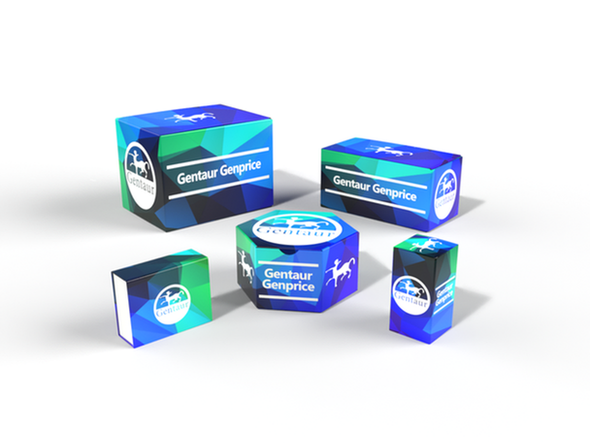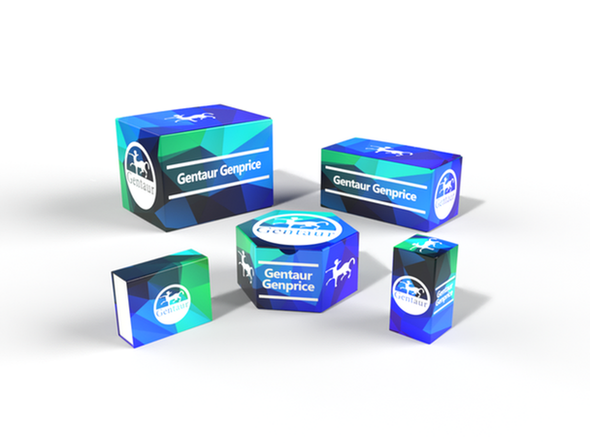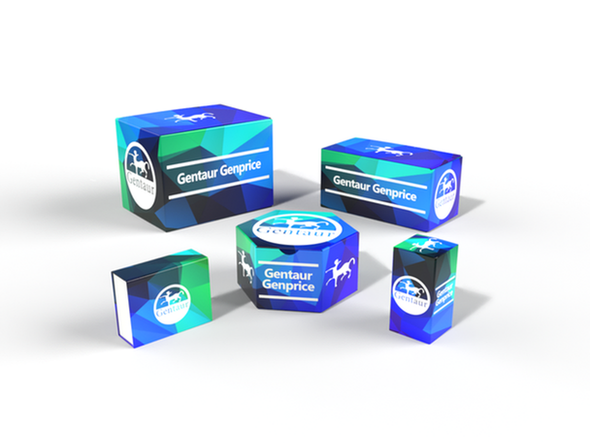Description
Vinculin Antibody (biotin) | 7807-biotin | Gentaur UK, US & Europe Distribution
Host: Rabbit
Reactivity: Human, Mouse, Rat, Rabbit, Chicken
Homology: N/A
Immunogen: Biotin-Vinculin antibody was raised against a 23 amino acid peptide near the amino terminus of human Vinculin.
Research Area: Homeostasis
Tested Application: E, WB
Application: Vinculin antibody can be used for detection of Vinculin by Western blot at 0.5 - 1 μg/ml.
Antibody validated: Western Blot in human, mouse, and rat samples. All other applications and species not yet tested.
Specificiy: Biotin-Vinculin antibody is human, mouse, rat, rabbit and chicken reactive. At least three isoforms of Vinculin are known to exist.
Positive Control 1: Cat. No. 1201 - HeLa Cell Lysate
Positive Control 2: N/A
Positive Control 3: N/A
Positive Control 4: N/A
Positive Control 5: N/A
Positive Control 6: N/A
Molecular Weight: Predicted: 117 kDa
Observed: 117 kDa
Validation: N/A
Isoform: N/A
Purification: Biotin-Vinculin antibody is affinity chromatography purified via peptide column.
Clonality: Polyclonal
Clone: N/A
Isotype: IgG
Conjugate: Biotin
Physical State: Liquid
Buffer: Biotin-Vinculin Antibody is supplied in PBS containing 1% BSA and 0.02% sodium azide.
Concentration: 1 mg/mL
Storage Condition: Biotin-Vinculin antibody can be stored at 4˚C for three months and -20˚C, stable for up to one year.
Alternate Name: CMD1W, CMH15, Metavinculin, MVCL
User Note: Optimal dilutions for each application to be determined by the researcher.
BACKGROUND: Vinculin is a cytoskeletal protein that plays an important role in the regulation of focal adhesions and embryonic development (1) . Three structural vinculin domains include an amino-terminal head, a short flexible proline-rich region and a carboxy-terminal tail (2) . Expression of vinculin were shown to be affected by the level of actin expression (2, 3) . Vinculin deficiencies are associated with a decrease in cell adhesion and an increase in cell motility, suggesting a possible role in metastatic growth (4) . Defects in VCL are the cause of cardiomyopathy dilated type 1W (CMD1W) (5) .






